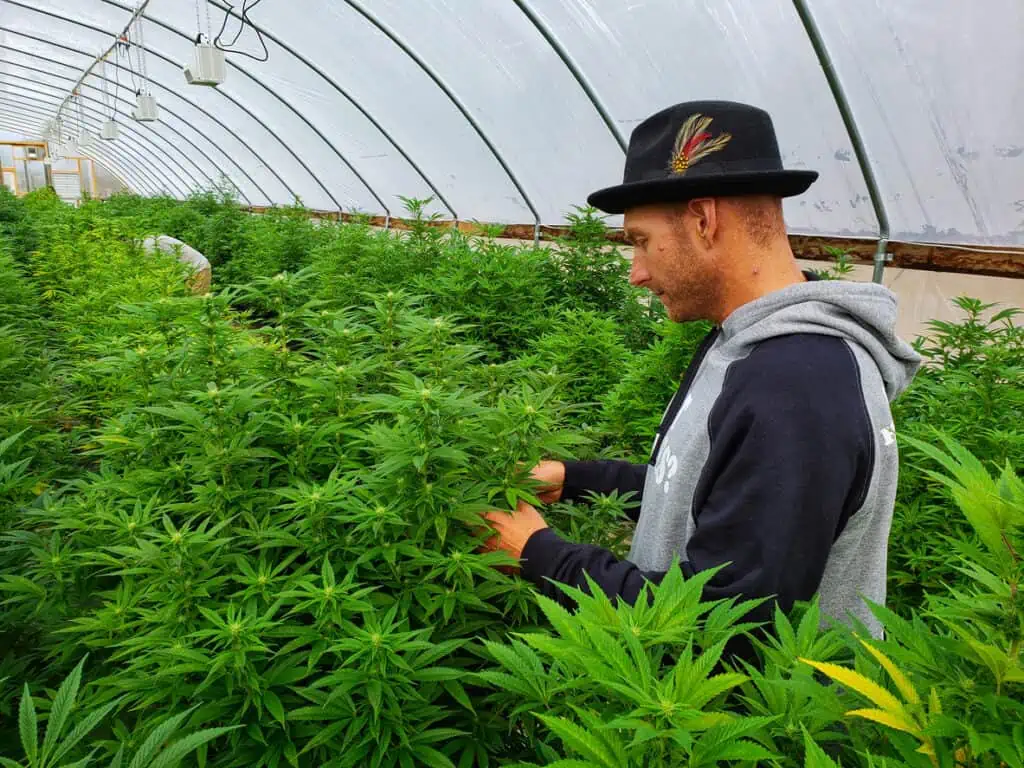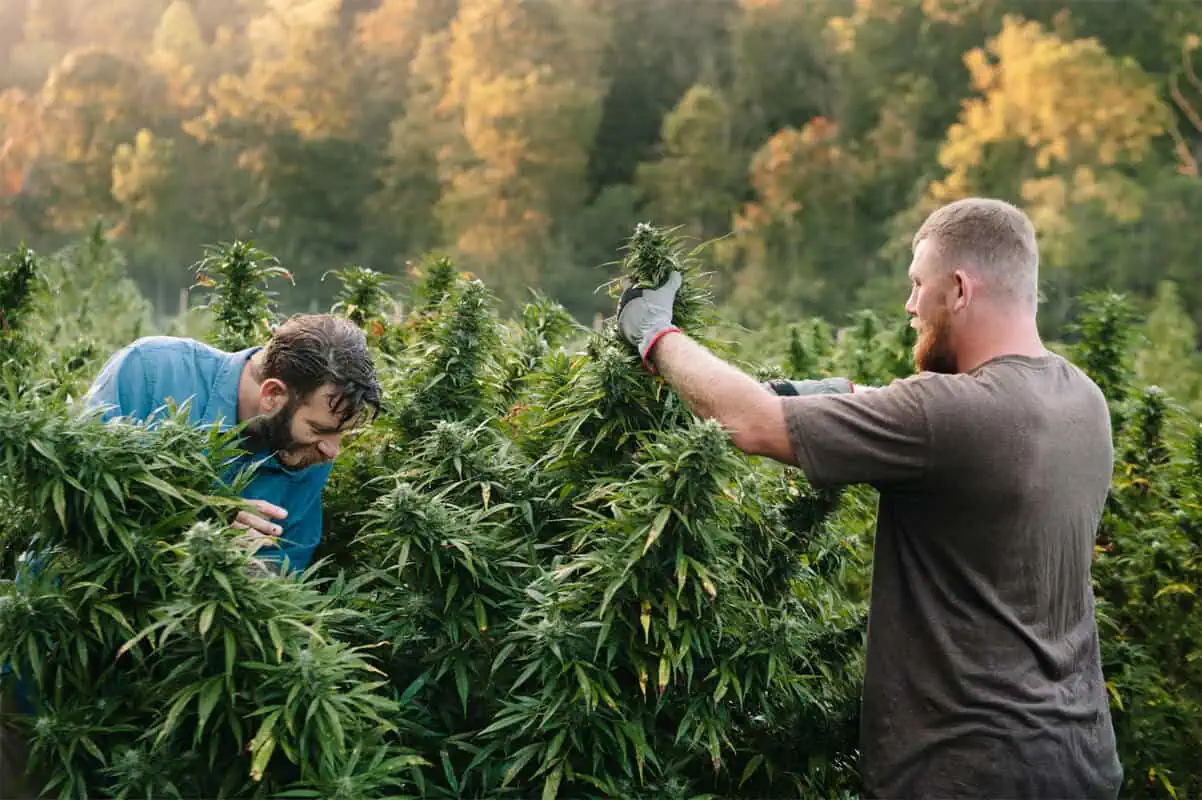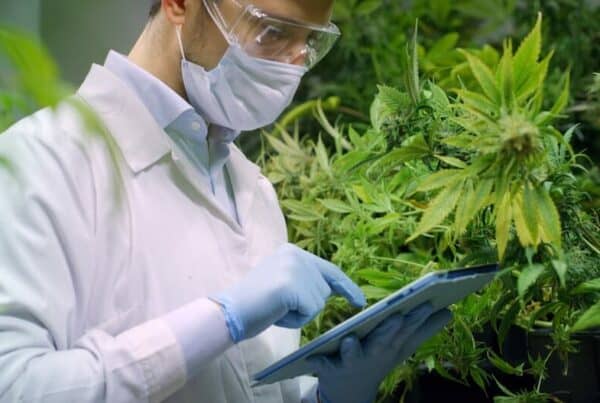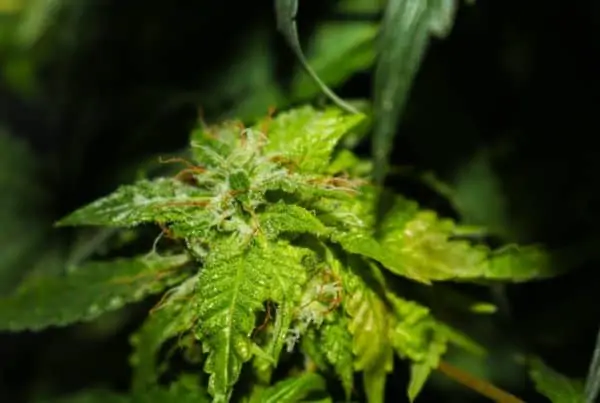TABLE OF CONTENTS
The legalization of cannabis across North America is driving a lively industry and healthy commercial cannabis growing front. It is no wonder why so many people are wanting to start their own commercial cannabis grow operation.
It can be a smart and lucrative move, but only if you go about it the right way—in a controlled, indoor environment.
Setting up a fruitful commercial grow room requires thorough organization and all the necessary equipment.
The good news is, whoever you are – this is your guide to setting up a commercial cannabis grow room.
But first of all, you need to be prepared. And before you become prepared, you’ll need some ambition and ready yourself for some hard work.
Setting Up for Commercial Cannabis Grow Room Success
To set yourself up for commercial investment success, you will need to keep several essential elements in mind. But even before ‘setting out to setting up’ a commercial cannabis grow room, you need to ensure that you comply to all the relevant regulations.
In addition, you need to have a robust business plan ready to execute in addition to acquiring a growing license.
With that done, you’re in for business, and ready to set up. Once you have a legit space to grow and you have the papers to show your legitimacy, it’s time to get to down to business and start kitting out your grow room. Let the games begin…
Commercial Cannabis Grow Room Setup: Seven Golden Rules
1. Lighting a Commercial Grow Room
Setting up a commercial cannabis grow room must commence with a proper lighting system – as this element is pivotal to successful commercial growing. It not only allows you to control the light cycle of your plants on a large scale, but automatically extends your growing season into infinity. Out of various grow lights available to fill your grow room with, HID and LED cannabis lights are some of the most popular choices on the market.
Whereas HID lights run very hot, LEDs offer a cooler solution, providing lots of light without too much electricity usage. LEDs are more expensive than HIDs, but overall a worthy choice. Regarding the number of light bulbs you need to use, commercial growers like to push it to 1000W+ per m².
2. Climate Control
Multiple elements of climate control come into play when operating a commercial grow. Maintaining an ideal temperature alongside your lighting system is important in this regard.
Regarding humidity, remember that plants only use a tiny percentage of the water they receive, with the rest of it being released back into the air via transpiration.
Bearing in mind that most of the water you feed your plants eventually evaporates into the air, the need for multiple commercial dehumidifiers is created.
As an ideal equation, your dehumidifiers must be able to remove the same amount of water that is given to your plants daily. Of course, this is where the free flow of air and air movement comes in.
The third element of climate control then, is air movement. Free-flowing creates optimal conditions and strengthens plant stems by distributing CO2 through the environment for better growth. It also prevents mold.
3. Irrigation Systems Go
The larger your commercial grow room is, the less ideal it becomes to manually do the watering. An irrigation system will save money and time in the long run by freeing up the human effort to perform more important tasks. Using an irrigation system also results in more consistent quality and yield.
4. Loads of medium and fertilizer
Be aware of – and take stock of your consumables at all times. This includes the plants, growing medium, water and fertilizer. Plants and fertilizer have the widest range of potential costs and you don’t want to cut any corners here.
If you are growing in soil rather than using a hydroponics system, purchasing soil and fertilizer separately is one way to go.
On the other hand, the convenience of pre-mixed soil is also nice. Also, note that fertilizer specifically made for cannabis is generally more expensive.
You can make your own large-batch fertilizer with seaweed if you’re lucky enough to live near the ocean. Alternatively, stock up on nutrient and mediums all you can.
5. Security Considerations
When it comes to setting up a commercial cannabis grow room, security should be at the top of your list of priorities. In Pennsylvania, for example, you have to be able to prove your ability to “maintain effective security and control to prevent diversion, abuse or other illegal conduct to get a grower’s license.”
A proper commercial grow room needs a robust system for tracking your crop and everyone it comes into contact with.
Your security system should ideally encompass of video surveillance cameras, authentication of employees by fingerprint identification, and a beeping alarm system. While a comprehensive security system is one of the bigger costs of a commercial grow room setup, it’s undeniably worth it.
6. Keeping Pests Away
Pests are an unfortunate event for cannabis plants in any case – and something you want to avoid at all costs. One way to do this is to install weather-stripping. It’s a good idea to come up with a pest management plan of some sort. This will help you identify, manage and eliminate pests efficiently.
A pest management plan can create an environment hostile to a huge array of pests, while reducing the money and effort you spend on pest control.
The goal of this plan is to create a balanced ecosystem that minimizes the need for inorganic pesticides and keeps plants safe from pest. Some substance you can use to help keep pest at bay include;
- Indigenous microbial inoculations
- Coconut water
- Powdered potassium silicate
- Essential oils
- Aloe vera flakes
7. Alternative Power Sources
Commercial cannabis growing is a very complicated process that needs careful planning, a sizable financial commitment, and strict adherence to local and state laws.

Commercial Cannabis Grow Room Setup Tips
Legal Compliance For Cannabis Grow Room
Before taking any action, confirm that you are knowledgeable of and in compliance with
State Laws:
Every state has its own set of laws and requirements for obtaining licenses.
Local Ordinances:
There may be extra rules or limitations imposed by counties or municipalities.
Establish Your Budget and Scale
Establish the size of your business. Take into account the costs of the building, the machinery, the permits, the utilities, the workers, and continuous operating expenses.
Choosing a Location For Your Commercial Cannabis Grow Room Setup
Security:
Since commercial grow operations are frequently targeted for theft, choosing a secure location is crucial.
Accessibility:
Lower transportation expenses might result from proximity to the target market, utilities, and suppliers.
Environmental Factors:
Consider the overall climate, likelihood of natural disasters, and availability of clean water in the area.
Building Design
Consult with designers or architects who are accustomed to working with cannabis farms to ensure:
Optimized Space Utilization:
Designate areas for processing, storage, administration, flowering, drying, curing, and propagation.
Scalability:
Plan the area to accommodate future growth.
Lighting:
Choosing the appropriate lighting for a commercial setting can have a big impact on utility expenses.
High-Intensity Discharge (HID) Lights:
These include High-Pressure Sodium (HPS) and Metal Halide (MH) lamps.
LED lights:
Less heat-emitting and more energy-efficient. They cost more up front, but they may end up saving money.
Airflow and Climate Control:
A strong HVAC system is required for a commercial-scale grow. Ensure:
Temperature stability:
deally, it should range from 68 to 77 degrees Fahrenheit.
Control humidity according to different growth stages' requirements.
Air Exchange:
To improve plant growth, install high-quality air filters and think about supplementing with CO2.
Irrigation and Nutrient Delivery: Create a dependable and effective system to supply plants with water and nutrients.
Effective for massive grows is drip irrigation.
Hydroponic Systems For Commercial Cannabis Grow Room
In some circumstances, soilless cultivation techniques like Deep Water Culture (DWC) or Nutrient Film Technique (NFT) may be appropriate.
Security Precautions:
Cameras for surveillance should be placed throughout the building.
Alarms: For break-ins or alterations to the environment (such as changes in temperature).
Control access to crop areas to ensure that only authorized people can enter.
Select a Grow Medium
Soil: Due to its natural nutrient content, organic plants frequently prefer soil.
More control over nutrient supply may be possible using soilless mixes made of coco coir, perlite, or vermiculite.
“
There are over 300,000 jobs in the cannabis industry. CTU trained me for one of them!

Makes $24.50 @ THC +
Pest and Disease Management
Keep the area clean.
-Systems for Integrated Pest Management (IPM)
-Use organic sprays or beneficial insects.
-Employ qualified personnel to inspect plants on a regular basis for any problems.
Facilities For Harvesting, Drying, and Curing
Set aside areas for processing plants after harvest. To make sure these regions have:
Controlled Temperature and Humidity: For the best conditions for drying and curing.
Waste Disposal:
Create procedures for disposing of plant waste in accordance with local laws.
Invest in regular training and hire seasoned growers. It's important to stay current with best practices as the industry changes.
Conclusion on Setting Up A Commercial Cannabis Grow Room
Building a commercial cannabis grow room is a difficult but worthwhile endeavor. Cultivators may build a profitable and long-lasting business with careful planning, capital, and a dedication to quality.
To get the greatest outcomes, always seek advice from authorities in the field, including legal counsel and horticultural specialists.
Essential commercial systems consume power – and lots of it. When your supply of electricity is interrupted, the consequences can range from a dip in quality to a loss of your precious crop.
To avoid a dire situation like this, it’s best to backup with a generator or two.

Luis Cordova
Luis Cordova is a distinguished author, and renowned expert in cannabis cultivation, who possesses a Master's degree in Plant Biotechnology and Pharmaceutical Science. As a valued contributor to highly esteemed publications such as Cannabis Training University and Maximum Yield Magazine, Luis has emerged as a trusted source of guidance and knowledge in the cannabis industry. Having written thousands of informative articles, Luis is widely recognized for his comprehensive expertise on cultivating cannabis, both indoors and outdoors.












 Jeff was involved in an accident where he endured a traumatic brain injury. He had a week-long stay in ICU where brain surgeons
Jeff was involved in an accident where he endured a traumatic brain injury. He had a week-long stay in ICU where brain surgeons  100% risk free money back guarantee within 48 hours after purchase if student has not completed any of the courses or exams.
100% risk free money back guarantee within 48 hours after purchase if student has not completed any of the courses or exams.